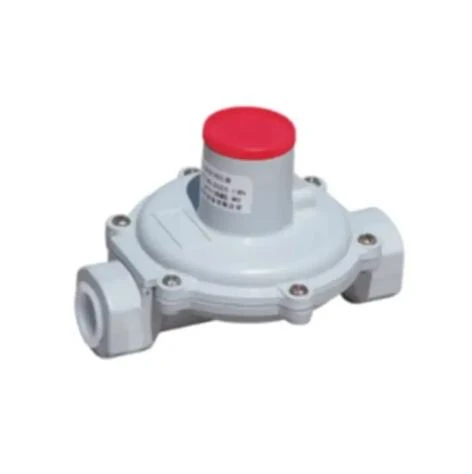
Nov . 24, 2024 05:29
Back to list
pressure vessel
Understanding Pressure Vessels Design, Applications, and Safety
Pressure vessels are essential components in various industries, including chemical, petrochemical, oil and gas, and power generation. These containers are designed to hold gases or liquids at a pressure substantially different from the ambient pressure. Understanding the principles behind pressure vessel design, their applications, and the safety measures involved is crucial for engineers and safety professionals alike.
Definition and Design Principles
A pressure vessel is typically a cylindrical or spherical container that is much thicker than a regular container, built to withstand high pressures. The design of a pressure vessel includes several essential factors material selection, wall thickness, and reinforcement techniques. Common materials used in the construction of pressure vessels include carbon steel, stainless steel, and various alloys. The choice of material depends on the chemicals involved, the operating temperatures, and the pressure requirements.
One of the fundamental principles in pressure vessel design is the calculation of stress on the vessel walls. Engineers must ensure that the walls can support the internal pressure without yielding or failing. This involves understanding the concepts of hoop stress and longitudinal stress, which are critical in determining the required thickness of the vessel walls.
Applications Across Industries
Pressure vessels have a wide range of applications across several industries. In the chemical industry, they are used for storing gases and liquids under high pressure for processes such as polymerization, fermentation, and distillation. In the oil and gas sector, pressure vessels are utilized in the transportation and storage of crude oil and natural gas.
pressure vessel

In the power generation industry, pressure vessels play a crucial role in reactors and heat exchangers. For example, steam generators and boilers are types of pressure vessels that convert water into steam, used to drive turbines for electricity generation. Additionally, pressure vessels are vital in the aerospace industry, where they are used to store fuel at high pressure for jet propulsion systems.
Safety Considerations
Given the high pressures involved, safety is paramount in the design and operation of pressure vessels. Various regulatory standards govern the design, construction, and maintenance of these vessels to prevent accidents. In the United States, the American Society of Mechanical Engineers (ASME) provides codes and standards that dictate the safe manufacturing and operation of pressure vessels.
Regular inspections and maintenance are critical in ensuring the safety and longevity of pressure vessels. Industry professionals often conduct non-destructive testing (NDT) methods, such as ultrasonic testing and radiography, to detect potential flaws in the vessel's structure. Furthermore, safety relief valves are installed to release excess pressure, preventing catastrophic failures.
Conclusion
Pressure vessels are integral to numerous industrial processes, providing a safe method for storing and handling materials under high pressure. Understanding their design, applications, and safety considerations is vital for professionals in engineering and regulatory compliance. As industries continue to evolve, advancements in materials science and engineering practices are likely to enhance the efficiency and safety of pressure vessels, ensuring their continued relevance in modern industrial applications.
Next:
Latest news
-
Safety Valve Spring-Loaded Design Overpressure ProtectionNewsJul.25,2025
-
Precision Voltage Regulator AC5 Accuracy Grade PerformanceNewsJul.25,2025
-
Natural Gas Pressure Regulating Skid Industrial Pipeline ApplicationsNewsJul.25,2025
-
Natural Gas Filter Stainless Steel Mesh Element DesignNewsJul.25,2025
-
Gas Pressure Regulator Valve Direct-Acting Spring-Loaded DesignNewsJul.25,2025
-
Decompression Equipment Multi-Stage Heat Exchange System DesignNewsJul.25,2025

